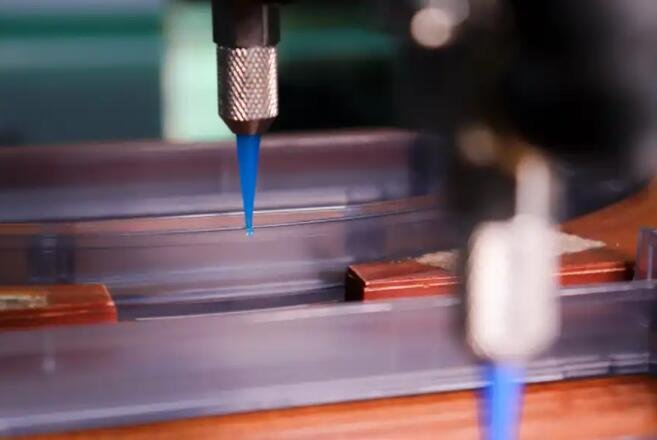Injection molding is one of the most widely used manufacturing processes for producing plastic parts, especially in large quantities. It is highly efficient, precise, and cost-effective, making it the process of choice for industries ranging from consumer goods to automotive manufacturing. This article will explore the key benefits of injection molding for high-volume plastic production and why it remains a top option for manufacturers globally.

High Production Efficiency
One of the primary reasons injection molding is ideal for high-volume plastic manufacturing is its ability to produce parts quickly and efficiently. The process involves injecting molten plastic into a mold, where it cools and solidifies before being ejected. This cycle can be completed in seconds, depending on the part’s size and complexity.
Injection molds can also be designed with multiple cavities, allowing several parts to be produced simultaneously during each cycle. This multi-cavity capability significantly increases production speed, making it possible to produce thousands, or even millions, of parts in a short period. The combination of rapid cycle times and high output ensures maximum efficiency for high-volume production.
Consistent Quality and Precision
Injection molding provides exceptional accuracy and repeatability, ensuring that every part produced meets the same specifications. This precision is crucial for industries where exact dimensions and consistent quality are critical, such as automotive, electronics, and medical device manufacturing.
The molds used in injection molding are typically crafted from high-quality steel or aluminum, allowing for fine-tuned detail and minimal variation between parts. As a result, manufacturers can rely on consistent product quality, reducing the need for extensive quality control checks or rework after production.
Reduced Waste and Scrap Loss
Waste reduction is another significant advantage of injection molding. The process generates minimal scrap material because the molds are precisely designed to use only the necessary amount of plastic. Any excess plastic that is trimmed or ejected during the process can often be recycled and reused in subsequent production cycles, further minimizing waste.
This waste reduction is particularly important in high-volume manufacturing, where even small amounts of scrap can add up to significant material loss over time. By using injection molding, manufacturers can maintain a sustainable and cost-effective production process with minimal material waste.
Wide Range of Material Choices
Injection molding offers a broad selection of material options, allowing manufacturers to choose the best plastic for their specific application. Whether it’s polyethylene for consumer products, ABS for automotive parts, or polypropylene for packaging, injection molding can accommodate a wide variety of thermoplastic materials.
This flexibility allows manufacturers to select materials that meet the desired performance criteria, such as strength, durability, chemical resistance, or temperature tolerance. Additionally, additives such as colorants or UV stabilizers can be mixed into the plastic material before molding, ensuring that the final parts meet aesthetic and functional requirements without the need for secondary processes.
Low Labor Costs and Automation
Another key benefit of injection molding is the ability to automate much of the process. Once the molds are designed and installed, the production process can be largely automated with minimal human intervention. Automated machines can manage the injection, cooling, and ejection processes, reducing the need for extensive labor during production.
This automation lowers labor costs, making injection molding particularly cost-effective for high-volume manufacturing. With fewer employees required to operate machinery, manufacturers can allocate resources elsewhere, improving overall operational efficiency and profitability.
Minimal Need for Post-Production Finishing
Injection molding produces finished parts that often require little to no post-production finishing. This is because the molds are designed to create parts with smooth surfaces, precise edges, and detailed features. Any excess material, known as flash, is typically minimal and easy to remove, further reducing the need for additional labor or processing steps.
This streamlined approach ensures that parts can be shipped or assembled immediately after production, accelerating delivery times and lowering overall production costs.
Conclusion
Injection molding is the ideal process for high-volume plastic manufacturing, offering efficiency, precision, and cost savings. Its ability to produce large quantities of parts quickly and consistently, combined with minimal waste, a wide range of material options, and reduced labor costs, makes it a preferred method for manufacturers worldwide. If you’re looking for a reliable injection molding manufacturer for your next project, or have questions about how injection molding can benefit your production, feel free to contact us for expert advice and support.
